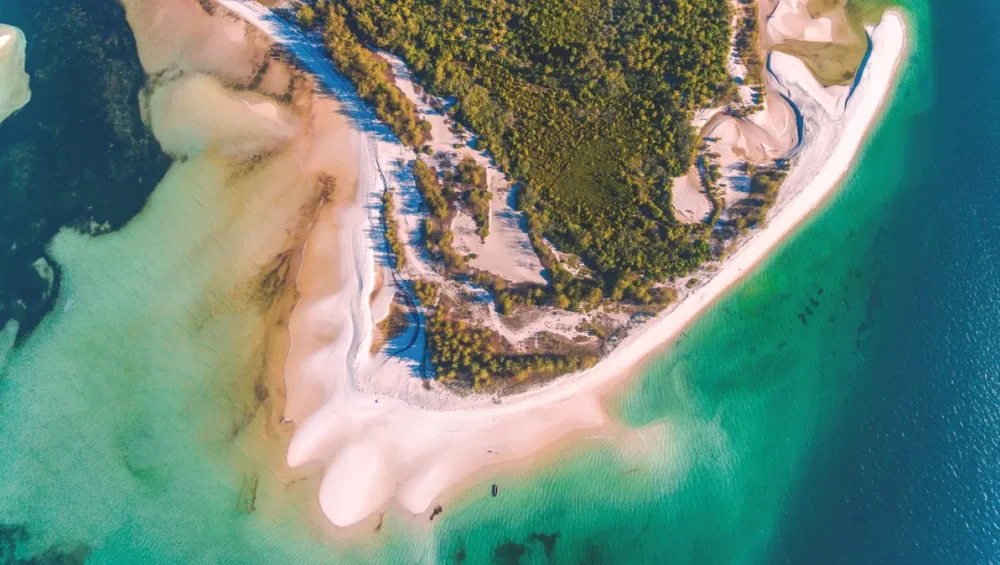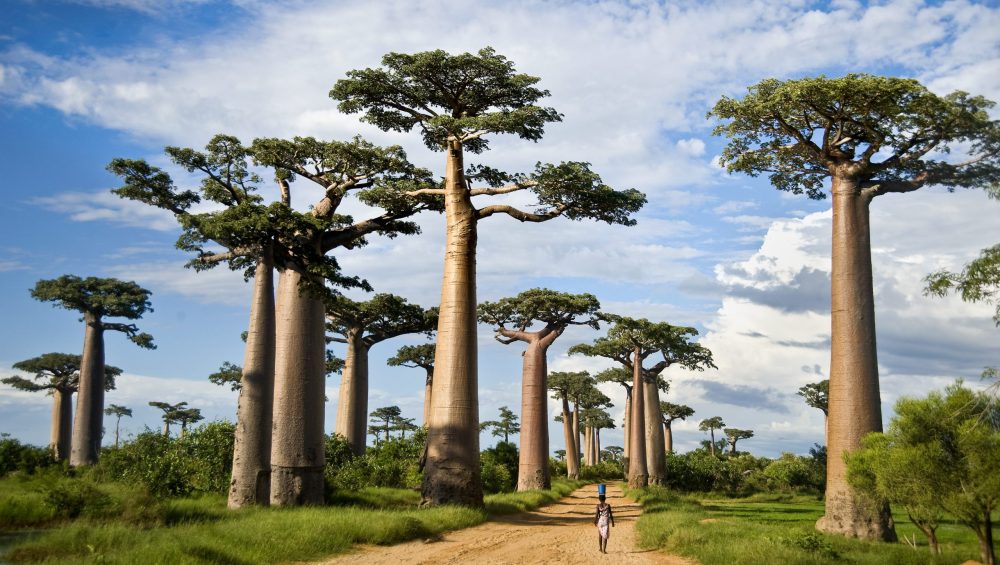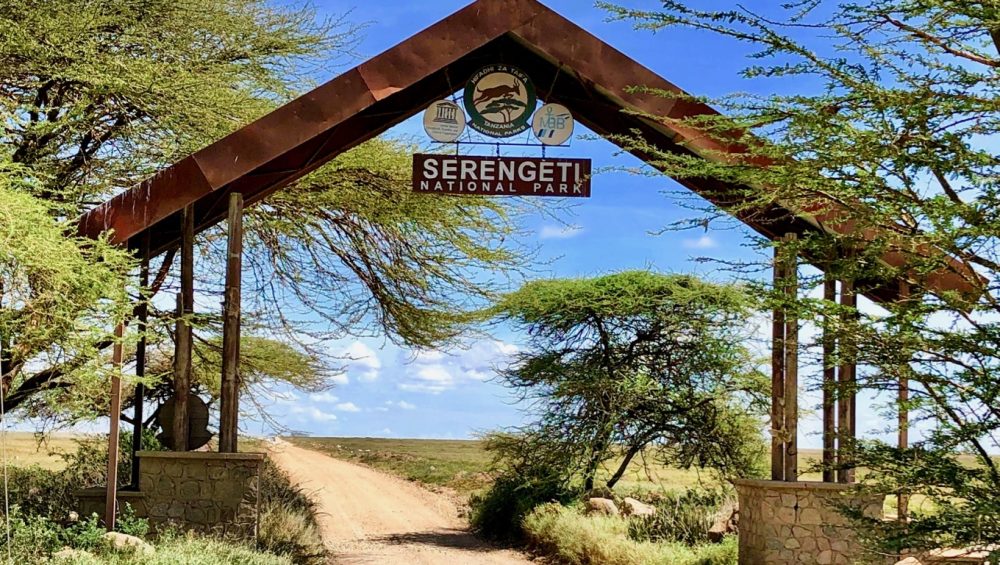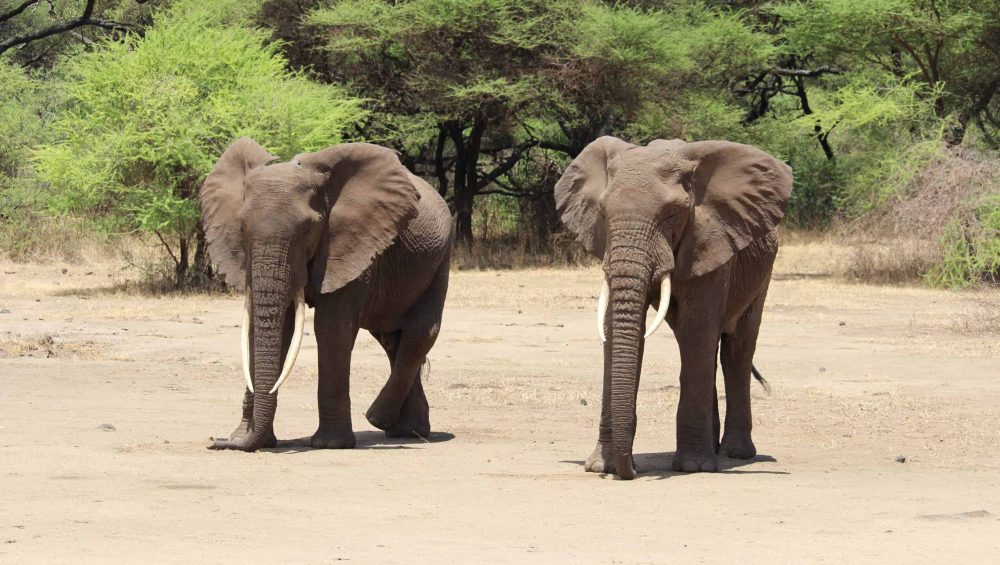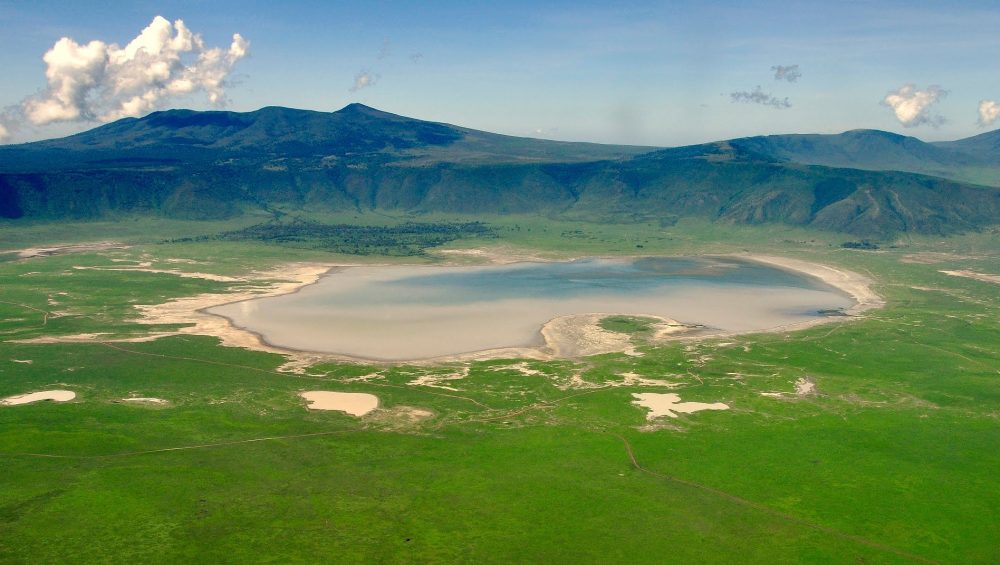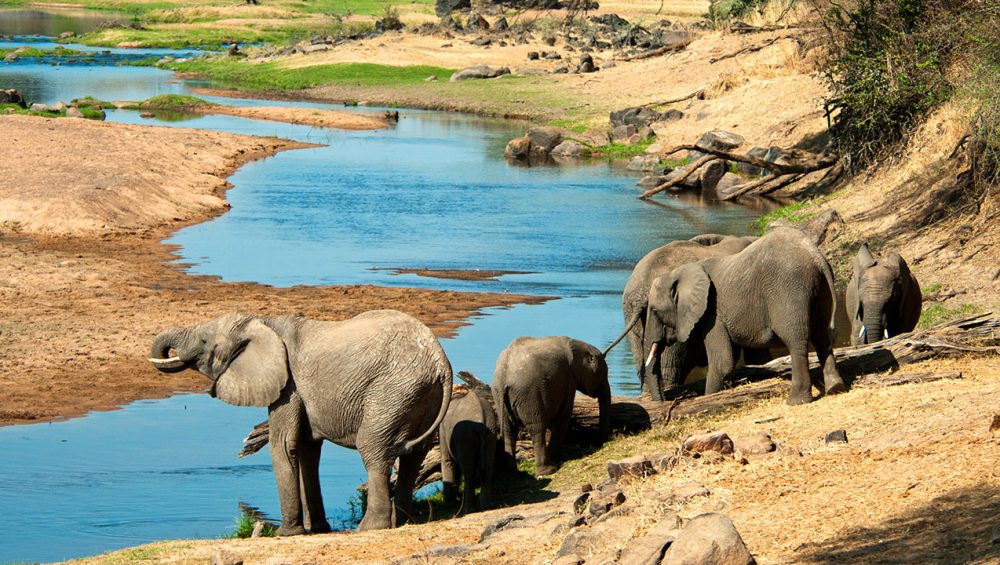Mikumi National Park
Mikumi National Park started off as a small Game Reserve which was later established as a National Park in 1964. Mikumi National Park is situated between the mountains of Uluguru and Udzungwa.
The park is also referred to as ‘Little Serengeti’ because the landscape has similarities with that of Serengeti National Park and it covers an area of 3230 square kilometers. Mikumi National Park shares its name with a village that is located far away on its Western border.
Attractions in Mikumi National Park
Mikumi National Park boasts of a vast diversity of attractions including the Savanah plains, Acacia trees, Baobab, Tamarinds, and Palm. Large numbers of different animal species can be seen roaming in the park’s savannah vegetation and these include; elephants, impalas, eland, zebras, greater kudu, wildebeests, buffaloes, and sable antelopes. Several bird species can also be spotted such as the Yellow-throated Longclaw, Bateleur eagle, Lilac-breasted Roller, and many more.
The best time to visit and experience great wildlife sightings in Mikumi National Park is during the dry season in the month of June to October. Vegetation is thinner during this time and animals can easily be sighted as they gather around the freshwater source, Mkata River. This is also a high season with a large number of tourists visiting during this time of the year.
Activities in Mikumi National Park
Bird Watching
Mikumi National Park is a great destination for a birding experience. Mikumi National Park is inhabited by more than 400 species of birds such as the African fish eagle, Lilac-breasted eagle, Bateleur eagle, Yellow-throated Longclaw, Saddle-billed stork, Long-tailed fiscal, Cattle egrets, Malachite Kingfisher, and more other species that can be spotted in the park, at the hippo pools and at the shores of Mkata river. Migratory birds can be spotted in the park during the rainy season.
Walking Safaris
Guided short walks can be taken through the park’s designated walking trails as you learn and discover more bird and animal species in the park. Beautiful pictures of the savannah grasslands can be captured along the way.
Game viewing
Game viewing in Mikumi National Park can be done both during the day and at night. During the day, there is a chance to get a glimpse of the tree-climbing lions, watch hippos swimming in the hippo pools found northeast of the park’s main gate. The Mkata plains attract large herds of buffaloes and elephants that gather to enjoy the fresh water at the Mkata River. Other splendid animals that can be seen include impala, eland, baboons, and the greater kudu.
Game viewing in mikumi national park
A night game drive in Mikumi National Park gives you a unique viewpoint and an opportunity to catch sights of the nocturnal animals like Leopards, Hyenas, lions, and other day animals. On your night game drive, you are escorted by an experienced and armed game ranger.
Picnics
The spectacular landscape offers picnic sites that provide visitors with captivating nature sights as they enjoy their packed lunch and drinks after or during a break on the game drive.
Cultural visit
A tour around the local communities that are close to the park and engaging in several activities such as traditional dances, traditional food tasting, and a visit to the local markets as you interact and learn more about their traditional lifestyle.
Camping
Camping can be done in the Northern part of Mikumi National Park at a public campsite. Feel the different animal sounds like lions roaring as you rest and view the park’s nature. Camping is best done during the dry season in the month of June to October or November.


